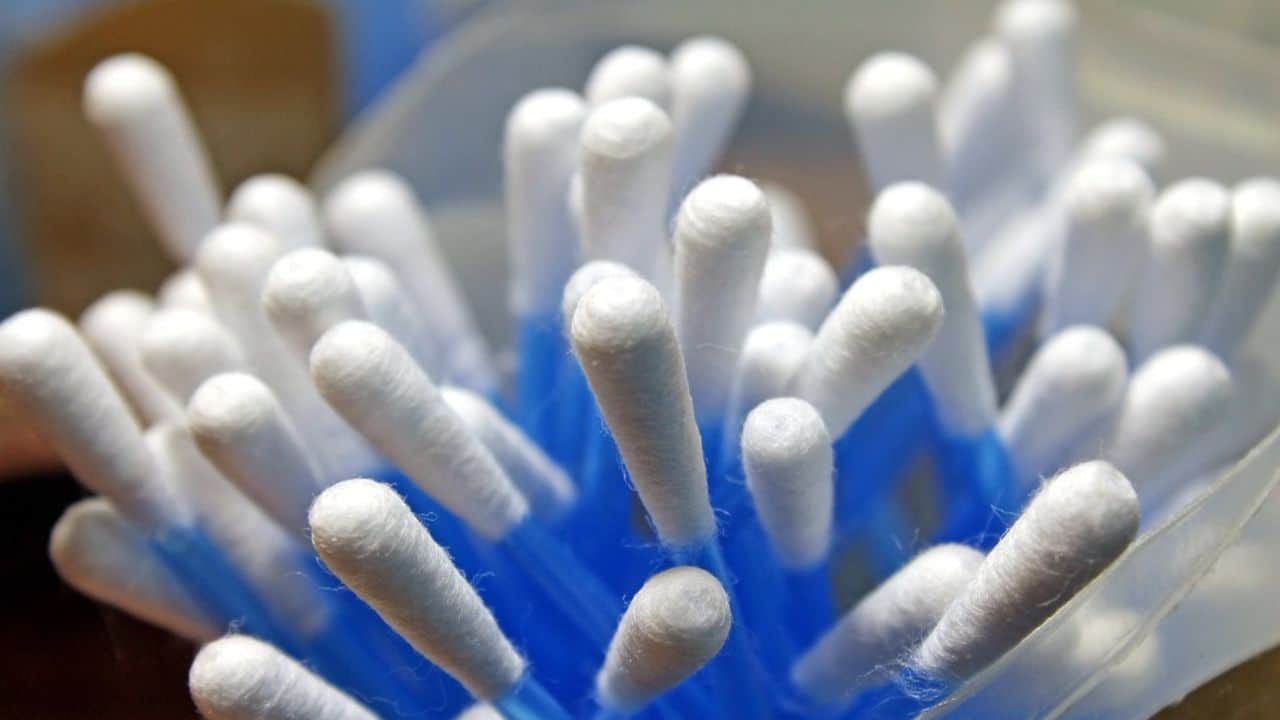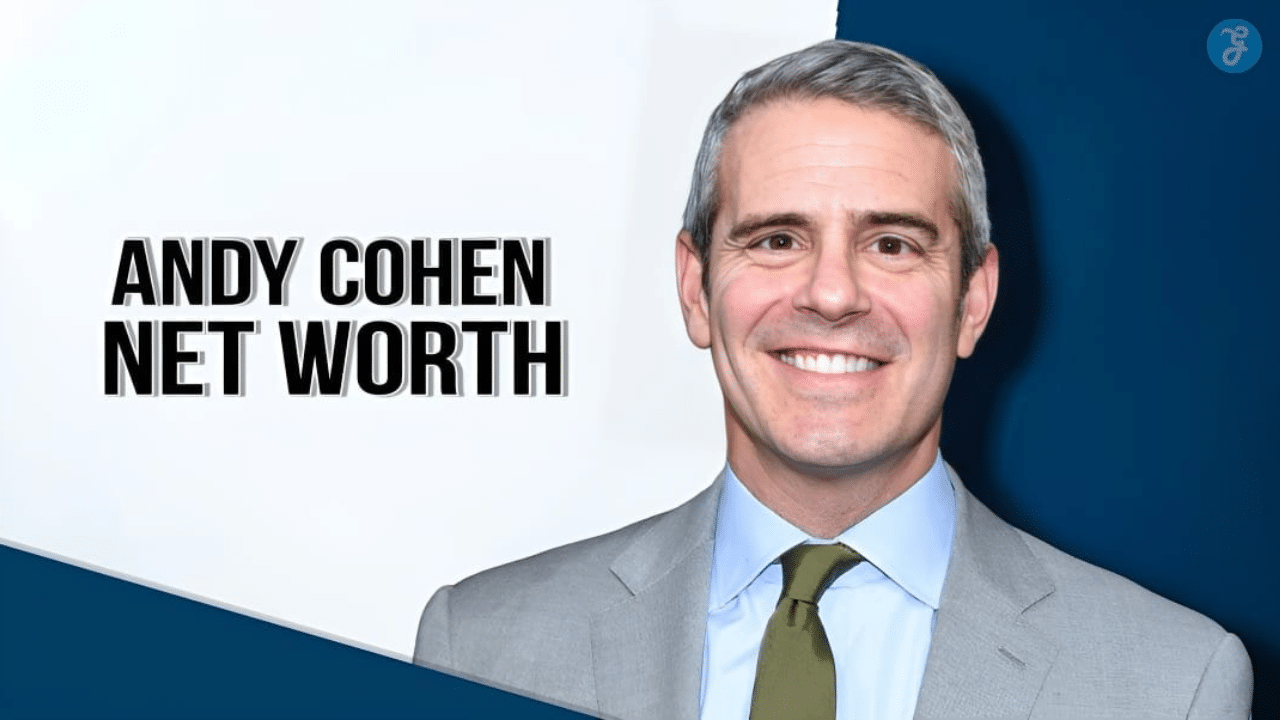Ear wax, also known as cerumen, is a natural substance produced by the body to clean, protect and lubricate the ears. It traps dust and dirt particles and prevents infection. Normally, old ear wax falls out of the ear canal and is replaced by new wax. However, sometimes the ear wax can build up and block the ear canal. This is known as impacted ear wax and it affects around 2.3 million people, and notably, approximately 44% of care home residents with dementia.
Problems Caused by Impacted Ear Wax
Impacted ear wax occurs when ear wax accumulates in the ear canal and blocks the path of sound to the eardrum. This excessive buildup of hardened wax can lead to frustrating symptoms and complications if left untreated.
The most common problem caused by impacted wax is hearing loss, ranging from mild to moderate. Patients notice muffled hearing or sounds becoming dull and muted. Ear wax buildup also causes a feeling of fullness and discomfort in the ear, sometimes with itching and irritation.
Other problems include tinnitus or ringing sounds in the ear, vertigo and dizziness. The wax impaction can trap bacteria and lead to infection of the outer or middle ear manifesting as earache and discharge. In severe cases, impacted wax presses on the eardrum and disrupts its vibration, affecting your hearing thresholds permanently.
If the blockage is left untreated for a long time, complications like a chronic cough, ear infection mastoiditis and cholesteatoma can occur as bacteria multiply behind the trapped wax. Removal becomes difficult as the wax gets hardened over months or years.
Elderly patients and those wearing hearing aids often suffer from blocked ears due to wax buildup. Timely removal of impact ear wax prevents unnecessary ear conditions and hearing loss.
One of the safest and most effective methods for removing impacted ear wax is a technique called microsuction earwax removal.
What is Microsuction?
Microsuction is considered one of the best ways to remove excessive or impacted ear wax. It involves using a small, handheld suction device with a gentle suction tip to vacuum out the blocked wax. A specialist will use an operating microscope, headlight and suction pump to safely and precisely remove the wax under magnified vision. It is a non-invasive, quick and painless procedure that does not require flushing water or liquids into the ear canal. The suction only removes the dry, hard wax and does not disturb the delicate inner ear.
Benefits of Microsuction
Microsuction ear wax removal has several advantages over other methods:
Safe and Gentle
Unlike ear syringing, microsuction does not push wax further into the ear canal or perforate the eardrum with water. The suction is carefully controlled to avoid damage to the delicate inner ear structures. It is safe for those with pre-existing conditions like a perforated eardrum, ear infection or history of ear surgery. The microscope allows the specialist to monitor the procedure and stop immediately if needed.
Effective Removal of Blockages
Microsuction is highly effective at removing even the most stubborn, hardened ear wax safely. The powerful medical suction can extract wax from deep inside the ear canal. Studies show that microsuction removes more ear wax than ear irrigation in a single treatment session. Complete removal rates of 91% have been reported.
Quick Treatment
Microsuction is much faster than softening the wax over days with ear drops before syringing. The actual procedure takes around 15 minutes per ear to painlessly suck out the blockage. Patients can continue their day with clear ears immediately.
No Side Effects
Microsuction avoids common side effects of ear syringing like ear infection, perforated eardrum, bleeding, ringing, dizziness and external ear infection. The dry technique limits trauma to the ear canal skin compared to water irrigation. Discomfort, if any, is typically mild.
High Patient Satisfaction
Most patients tolerate microsuction very well and are highly satisfied with the instant relief from blocked ears and improved hearing. Unlike ear drops that require prolonged use, microsuction provides quick results in one appointment. Patients also appreciate the enhanced visibility of the ear under magnification.
Suitable for All Patients
Microsuction can be used to remove wax in nearly all patient groups, including the elderly, children, those with ear diseases and people who cannot have water syringing. The exceptions are patients with an active ear infection – this needs antibiotic eardrops first.
Where is Microsuction Available?
Traditionally, ear wax removal has been performed by GPs. However, the NHS no longer offers ear wax removal services, so patients must have it done privately. Microsuction requires specialised equipment and training only offered by audiologists and specialist ear care clinics. Some high street hearing aid stores also provide this service. Patients can check reviews and choose a reputed microsuction provider.
What to Expect During Microsuction
The microsuction procedure involves:
- The specialist will first examine the ear using an otoscope and microscope to assess the blockage.
- They will then insert a small speculum tip just inside the ear canal opening to straighten it for better access.
- The microsuction device tip is gently inserted into the ear. A mild suction is applied to suck out pieces of ear wax which get collected in a disposable jar.
- Saline water or olive oil drops may be used to loosen dry wax and allow better suction. The procedure is repeated until the ear canal and eardrum are free of wax.
- Both ears are treated in the same appointment. Each ear takes around 10-15 minutes of suctioning.
- After wax removal, the ear canals are checked with the microscope to ensure they are clear. Patients may experience improved hearing instantly.
- Mild side effects like temporary ear soreness or dizziness are common after microsuction treatment. Serious complications are very rare when performed by trained professionals.
Most cases of impacted ear wax can be treated effectively and safely with microsuction. This modern technique offers many advantages over traditional ear syringing and is well-tolerated by patients. With proper training and equipment, microsuction done by audiology specialists removes troublesome ear wax efficiently in a single office visit without damage to the ear.







































